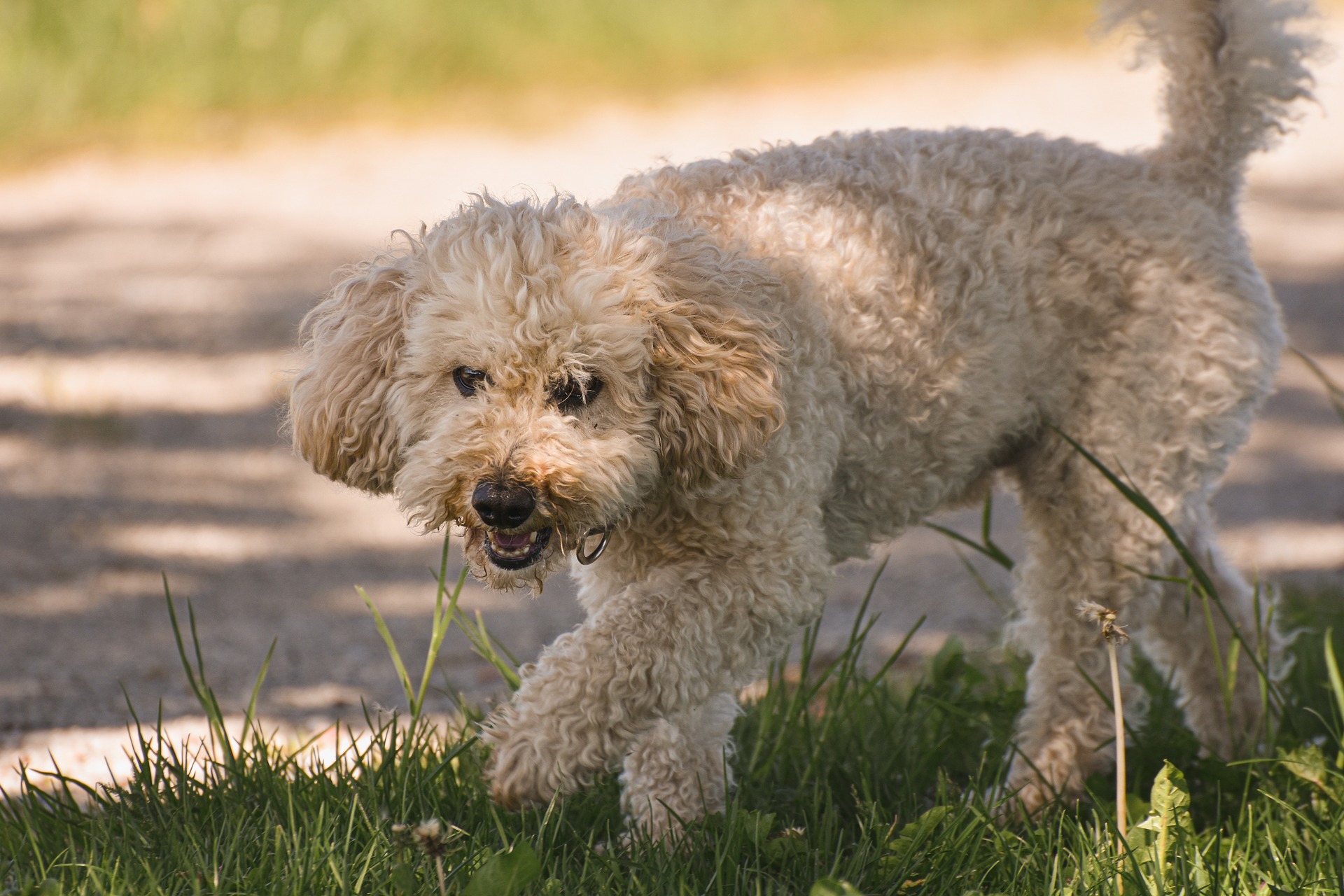While keeping your dogs, especially larger ones, on a leash when outside is recommended, putting additional barriers in place to stop a dog from roaming too far from the house can help ensure your pup does not get lost and stuck outside all night. Dogs are inclined to explore, chase after animals and cars, and sprint for freedom when the front door opens. Even if you intend to keep them on a leash, they might escape before you realize it! Today, we will discuss boundary training and how to keep your dog’s paws firmly planted on your lawn when they are off-leash.
Fences Vs. Training
When your dog is out and about without a leash, a physical barrier is handy for keeping them corralled precisely where you want. While fencing in your backyard is a great way to provide a safe, enclosed area for puppy fun, a front-yard fence is less common and less feasible. However, there are many scenarios where the family plays in front of the house, and it would be great if your dog could also be present.
Fencing is possible, but as mentioned, it is less common, sometimes expensive, and often incompatible with HOA restrictions. Luckily, there is another option for fencing – invisible or ‘shock’ fences. These fences provide an electric shock to your pet through their collar when they detect them roaming past the designated barriers, usually set up at the edges of your lawn. While it may seem cruel, the shocks are more uncomfortable than harmful and should not cause any significant damage. Dog reactions, however, can vary wildly. Some might tough through the shock and escape, while others can become deathly afraid of even stepping outside. You should consider boundary training if you want to allow your dog more freedom outdoors without incorporating this type of fencing.
Boundary Training – Boundary training is exactly what it sounds like: training your dog to respect the boundaries of your lawn or property and staying close to home. While it may seem inconceivable that your dog can ignore a squirrel without a physical fence or shock collar keeping them at bay, remember that dogs are trained to keep off of furniture, counters, and other areas of the home. This is an extension of that training, albeit one that not all dogs can get accustomed to easily.
Here is a quick rundown of how to try boundary training with your dog.
- Make a small but visible physical barrier to show your dog which areas are off-limits. Lining your lawn with decorative stones, flags, or plants can provide a clear demarcation between the yard and the ‘outside world.’
- While leashed, walk your dog around the boundary and use the basics of training to reinforce the behavior you want. Pull them back and lightly scold them when they cross the line, reward them with treats and attention when they stay within the boundary or move back inside of their own volition.
- Increase the freedom your dog has to roam in your yard during training by increasing the length of the leash or letting them free roam if you trust their progress or recall skills. During this time, you want to see if the dog respects the boundaries you laid out without its owner standing beside them.
- Continue the training process by tossing distractions, like treats or toys, over the line. Only provide them with affirmations when they stay inside the boundary despite the alluring distractions.
This boundary training can help keep your dog well-behaved and closer to home, but it should never be considered foolproof. If you need additional help with any dog training, call the experts at Gulf Coast K9 Dog Training. From puppies to mature dogs, we have the skill and expertise necessary to get your dog comfortable with all the rules they must understand.





